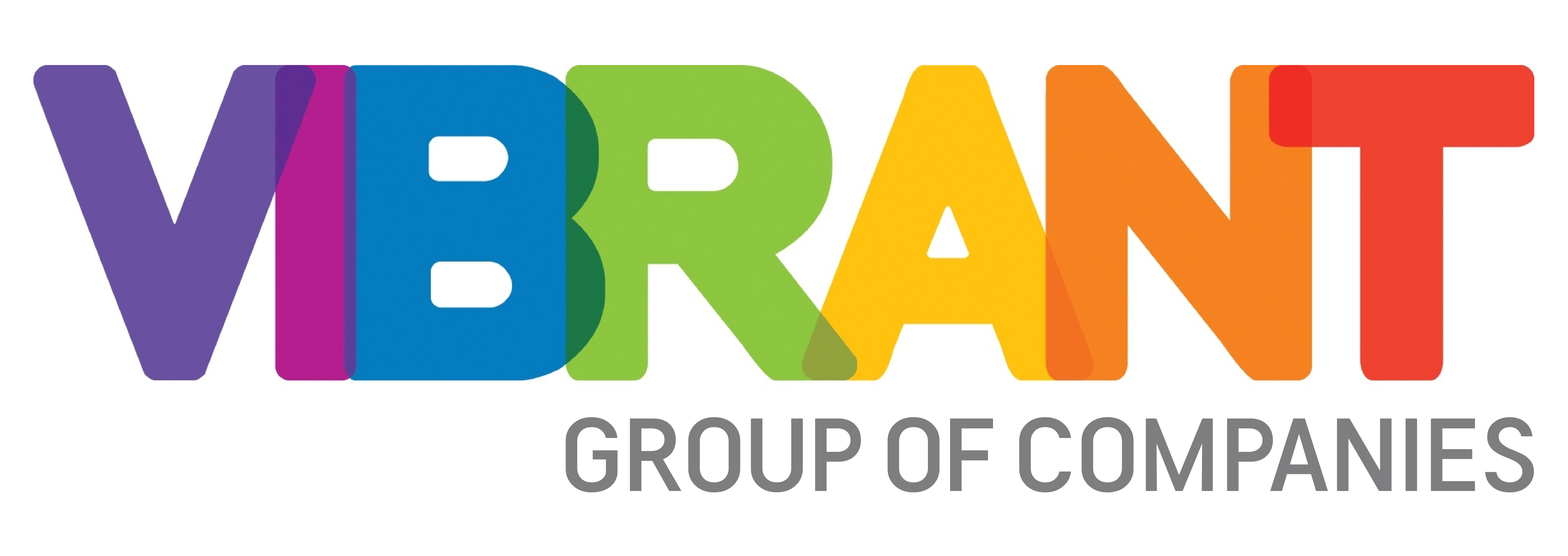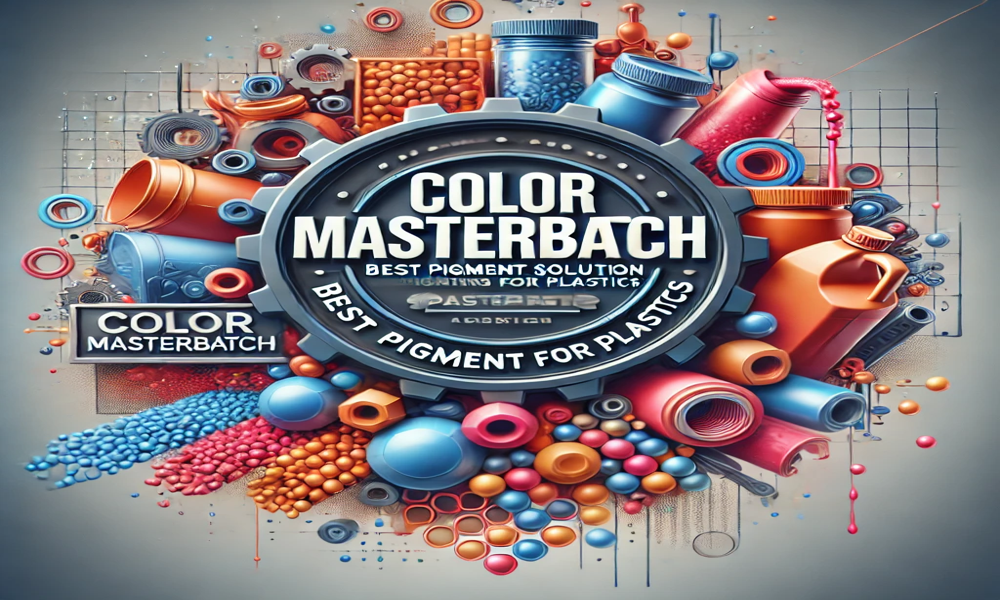Color Masterbatch Best Pigment Solution for Plastics
Color Masterbatch: The Best Pigment Solution for Plastics
Coloring plastics has become a crucial aspect of modern manufacturing, as the visual appeal of plastic products plays a significant role in consumer choice. Whether it’s packaging, consumer goods, automotive components, or textiles, achieving consistent, vibrant colors is essential. Color masterbatch, a concentrated mixture of pigments or dyes in a carrier resin, has emerged as one of the most efficient solutions for plastic coloring. This blog post will explore why color masterbatch is the best pigment solution for plastics, its benefits, types, and applications, and how it can help manufacturers achieve superior results in their plastic products.
What is Color Masterbatch?
Color masterbatch is a highly concentrated mixture of pigments or dyes, typically in a polymer carrier resin, that is used to impart color to plastic products. Masterbatch allows for easy and uniform coloring of plastic materials during the manufacturing process. The pigment is finely dispersed in the carrier resin, which helps it blend smoothly into the base polymer, ensuring a consistent color distribution in the final product.
The term "masterbatch" refers to the process of creating a highly concentrated color blend that can be easily incorporated into plastic during the extrusion, injection molding, or blow molding process. By adding the right amount of color masterbatch, manufacturers can achieve the desired hue, shade, and color strength in their plastic products.
Why Color Masterbatch is the Best Pigment Solution for Plastics
When it comes to coloring plastics, color masterbatch offers numerous advantages over other methods of pigmentation. Here’s why color masterbatch is considered the best pigment solution for plastics:
-
Consistency in Color: One of the most significant advantages of using color masterbatch is the consistent and uniform distribution of pigment. This ensures that every plastic product manufactured has the same color, making it ideal for mass production. The high dispersion of pigments in masterbatch eliminates the risk of uneven color patches or streaks that can occur with manual color mixing.
-
Ease of Use: Unlike powder or liquid colorants, color masterbatch is easy to handle, store, and transport. It comes in pellet form, which simplifies the blending process during plastic manufacturing. Manufacturers simply add the required amount of masterbatch to the base polymer, making it a fast and hassle-free way to achieve consistent color.
-
Improved Product Quality: Color masterbatch is engineered for high pigment concentration, which means it can deliver a more intense color with less material. This allows manufacturers to achieve high-quality results with lower amounts of colorant, which in turn reduces costs and waste. It also ensures that the product maintains its color even under harsh conditions, such as exposure to UV light, heat, or chemicals.
-
Cost-Effective Solution: Since color masterbatch is highly concentrated, only a small amount is required to color large volumes of plastic. This makes it a cost-effective solution, as manufacturers use less pigment compared to other coloring methods. Additionally, it minimizes waste, reducing material costs over time.
-
Better Control and Customization: Manufacturers can precisely control the amount of colorant added to their plastic formulations by adjusting the quantity of color masterbatch used. This allows for a wide range of color possibilities and provides the flexibility to match specific color requirements. Whether you need a vibrant red, a pastel pink, or a deep blue, color masterbatch offers extensive options for customization.
-
Environmental Benefits: Many color masterbatch manufacturers now focus on creating eco-friendly solutions. These masterbatches often adhere to environmental regulations, and the materials used in their production are more sustainable. Moreover, the controlled dispersion of pigment reduces the need for excess coloring agents, contributing to reduced pollution.
Types of Color Masterbatch
Color masterbatch comes in various formulations depending on the type of pigment and carrier resin used. The type of masterbatch selected will depend on the specific requirements of the polymer and the application. Here are some of the most common types of color masterbatch:
1. Pigment-Based Color Masterbatch
This is the most common type of color masterbatch, where solid pigments are used to impart color to plastic products. Pigments can be either organic or inorganic, and they are chosen based on the desired color, durability, and application.
-
Organic Pigments: These pigments are typically bright and vibrant but may have lower stability when exposed to UV light or heat. They are ideal for applications where color intensity is a priority, and the products are not exposed to harsh environments.
-
Inorganic Pigments: These pigments, such as titanium dioxide (for white) and iron oxide (for red and brown), offer superior stability and durability. Inorganic pigments are often used for outdoor applications or products exposed to sunlight and weathering.
2. Dye-Based Color Masterbatch
Dyes, unlike pigments, are water-soluble and can be used in color masterbatch to create translucent or transparent effects. Dye-based masterbatches are commonly used in applications where the plastic needs to maintain a degree of transparency or where a specific translucent color effect is required.
3. Special Effect Masterbatch
For applications where plastics need to stand out with special effects, special effect color masterbatch is used. These masterbatches can incorporate elements like metallic effects, pearlescent finishes, or iridescent colors. This type of masterbatch is ideal for consumer goods, packaging, and automotive industries, where a unique and eye-catching look is required.
Applications of Color Masterbatch
Color masterbatch is used across various industries, from consumer goods to industrial applications. Here are some of the key sectors where color masterbatch is widely used:
1. Packaging Industry
The packaging industry is one of the largest consumers of color masterbatch. From bottles and containers to flexible films and labels, color plays a crucial role in the packaging design. The right color enhances the product’s appeal and helps convey important information, such as brand identity and product details. Color masterbatch ensures that the color is vibrant, consistent, and durable, even when exposed to sunlight and chemicals.
2. Consumer Goods
In the consumer goods sector, color masterbatch is used to color a variety of plastic products, including toys, appliances, and household goods. The ability to achieve vibrant and consistent colors is essential in this market, where visual appeal is critical. Masterbatch helps ensure that every product is identical in appearance, meeting both quality standards and consumer expectations.
3. Automotive Industry
The automotive industry uses color masterbatch to produce high-quality colored plastic components, including dashboard trims, exterior parts, and lighting covers. Color masterbatch is ideal for these applications, as it not only provides the desired aesthetic but also improves the durability of the components, offering resistance to UV degradation and weathering.
4. Textiles and Clothing
In the textile industry, color masterbatch is used to color synthetic fibers and fabrics. This ensures vibrant, long-lasting colors for garments, upholstery, and other textile products. Color masterbatch can be used in various forms of synthetic materials like polyester and nylon to create both solid and vibrant color effects.
5. Medical and Healthcare
The medical industry also relies on color masterbatch to color plastic items like syringes, IV bags, and medical devices. These masterbatches ensure that products are color-consistent, easy to identify, and comply with regulatory standards.
How to Choose the Right Color Masterbatch
When selecting a color masterbatch for your plastic product, there are several factors to consider:
-
Polymer Type: Ensure that the masterbatch is compatible with the polymer you are using (e.g., PE, PP, PVC, etc.).
-
Color Requirements: Choose a masterbatch that matches the desired color shade and intensity.
-
Application: Consider the environmental conditions your product will face (e.g., UV exposure, heat resistance).
-
Performance Needs: If your product needs special properties, such as UV resistance, heat stability, or electrical conductivity, make sure to select a masterbatch that offers these features.
Conclusion
Color masterbatch is undoubtedly the best pigment solution for plastics due to its ease of use, consistency, and versatility. Whether you’re manufacturing packaging, consumer goods, automotive components, or medical devices, color masterbatch helps achieve vibrant, long-lasting colors while maintaining product quality. By selecting the right color masterbatch, manufacturers can ensure the durability, aesthetics, and performance of their plastic products, making it a go-to solution in the plastics industry.


